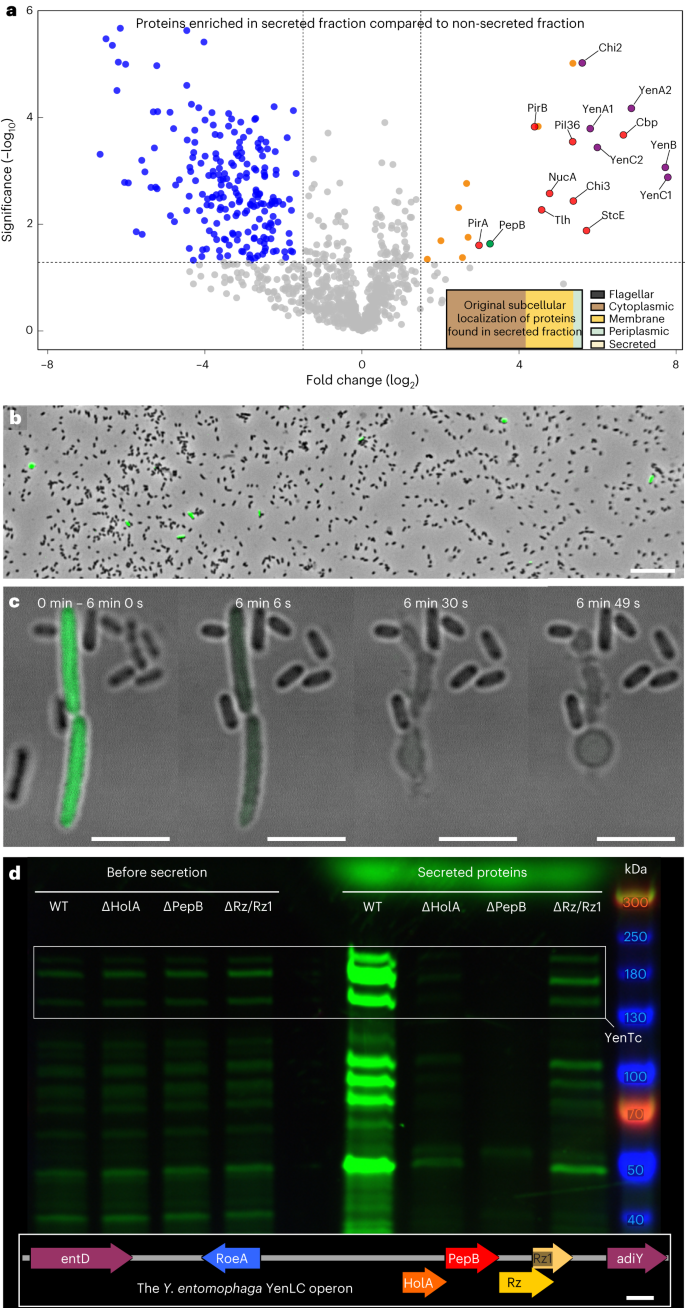2024-01-31 アリゾナ大学
◆モダンな鳩の脳活動を調査するためにPETスキャンを使用し、飛行前と後で小脳の活動が有意に増加することが確認されました。同様に、鳥類の脳において飛行に関与する視覚フローパスウェイの増加も検出されました。これにより、鳥類の飛行における小脳の役割が直接示され、恐竜の脳が飛行に適した構造に進化した時期も解明されました。
<関連情報>
- https://news.arizona.edu/story/modern-bird-brains-reveal-evolutionary-history-flight-dating-back-dinosaurs
- https://royalsocietypublishing.org/doi/10.1098/rspb.2023.2172
ハトの脳の定量的機能イメージング:鳥類の動力飛行の進化への示唆 Quantitative functional imaging of the pigeon brain: implications for the evolution of avian powered flight
Amy Balanoff,Elizabeth Ferrer,Lemise Saleh,Paul M. Gignac,M. Eugenia L. Gold,Jesús Marugán-Lobón,Mark Norell,David Ouellette,Michael Salerno,Akinobu Watanabe,Shouyi Wei,Gabriel BeverandPaul Vaska
Proceedings of the Royal Society B Published:31 January 2024
DOI:https://doi.org/10.1098/rspb.2023.2172

Abstract
The evolution of flight is a rare event in vertebrate history, and one that demands functional integration across multiple anatomical/physiological systems. The neuroanatomical basis for such integration and the role that brain evolution assumes in behavioural transformations remain poorly understood. We make progress by (i) generating a positron emission tomography (PET)-based map of brain activity for pigeons during rest and flight, (ii) using these maps in a functional analysis of the brain during flight, and (iii) interpreting these data within a macroevolutionary context shaped by non-avian dinosaurs. Although neural activity is generally conserved from rest to flight, we found significant increases in the cerebellum as a whole and optic flow pathways. Conserved activity suggests processing of self-movement and image stabilization are critical when a bird takes to the air, while increased visual and cerebellar activity reflects the importance of integrating multimodal sensory information for flight-related movements. A derived cerebellar capability likely arose at the base of maniraptoran dinosaurs, where volumetric expansion and possible folding directly preceded paravian flight. These data represent an important step toward establishing how the brain of modern birds supports their unique behavioural repertoire and provide novel insights into the neurobiology of the bird-like dinosaurs that first achieved powered flight.


